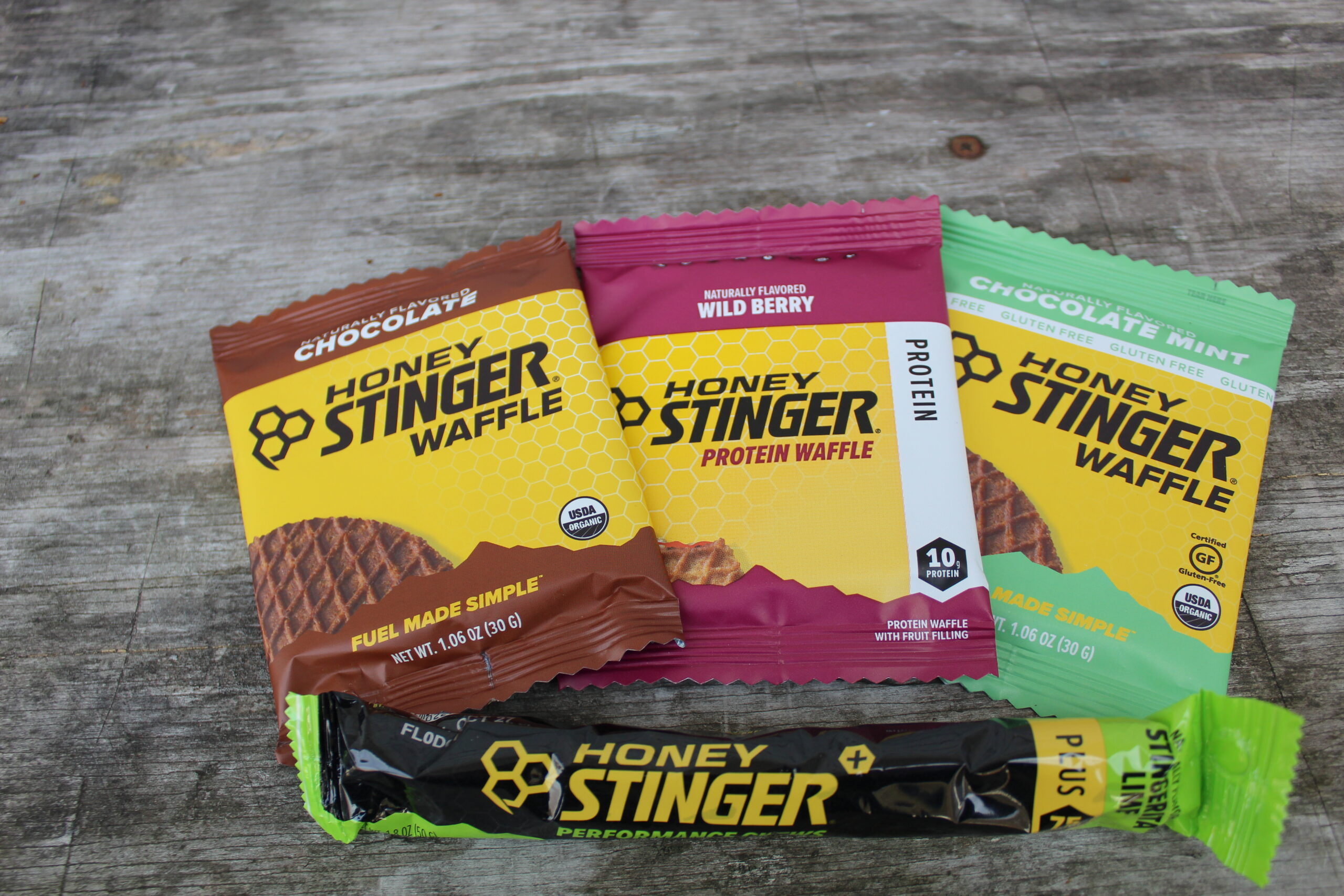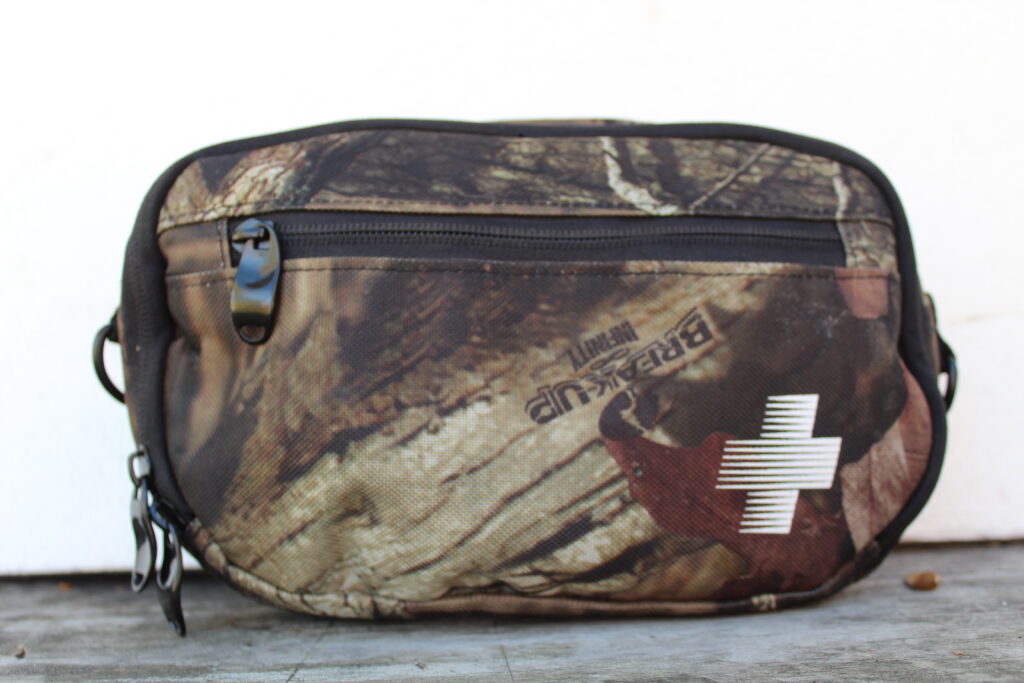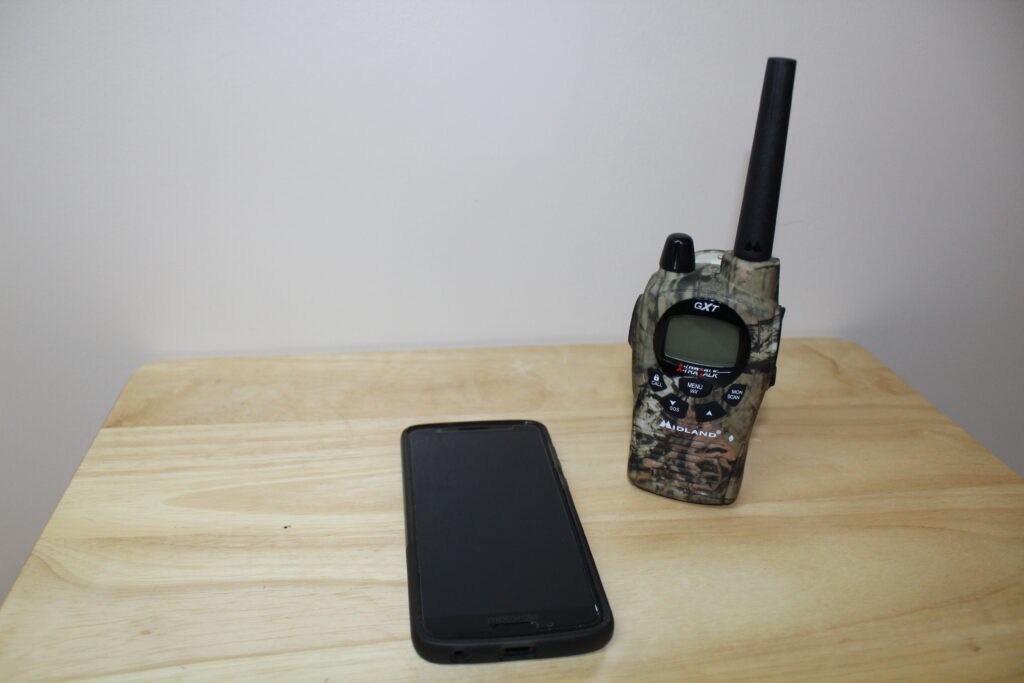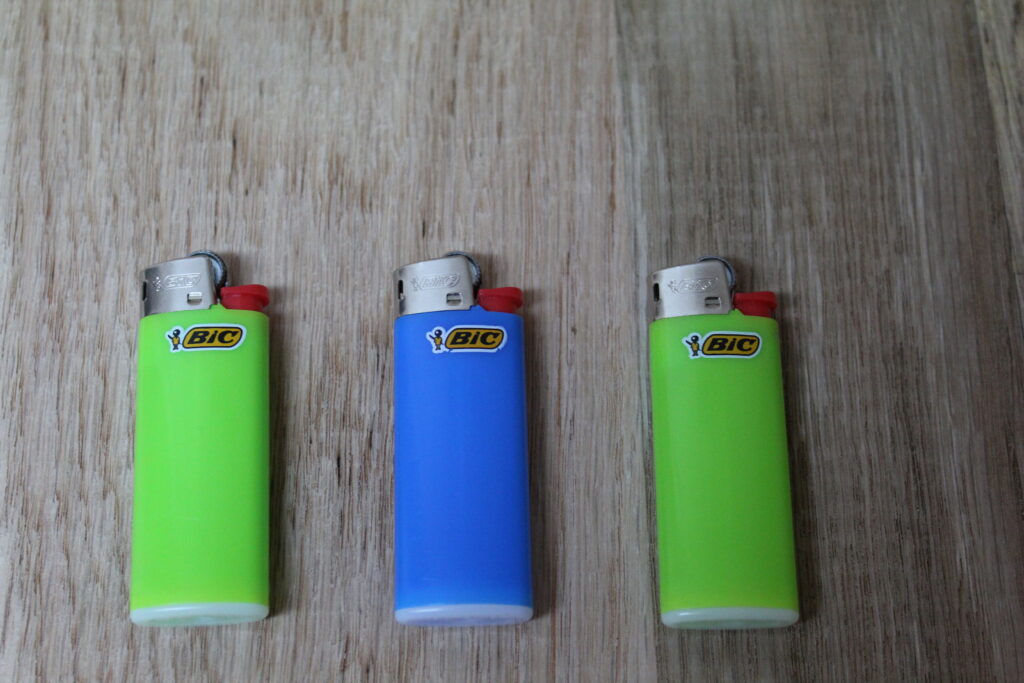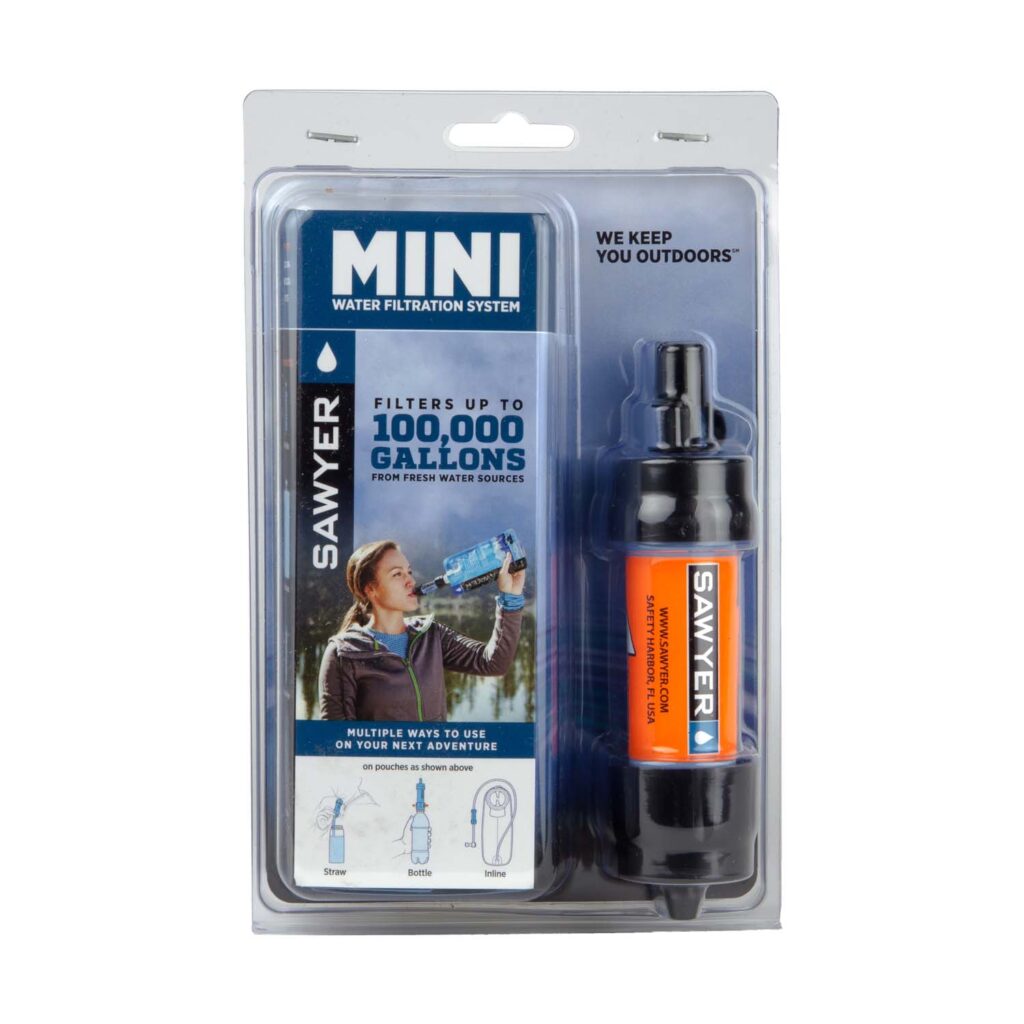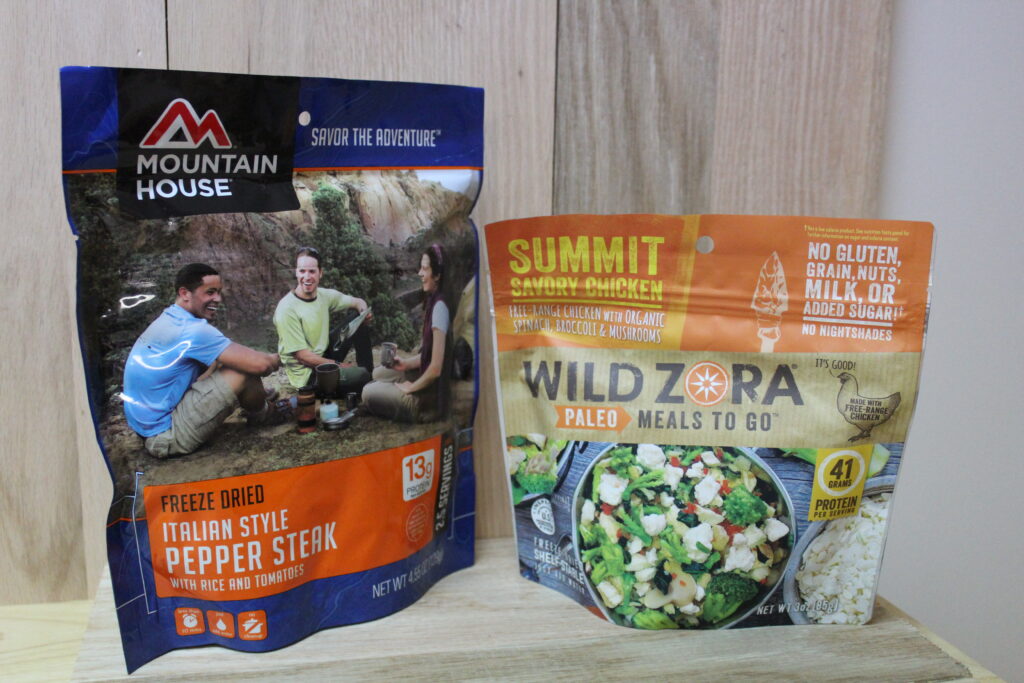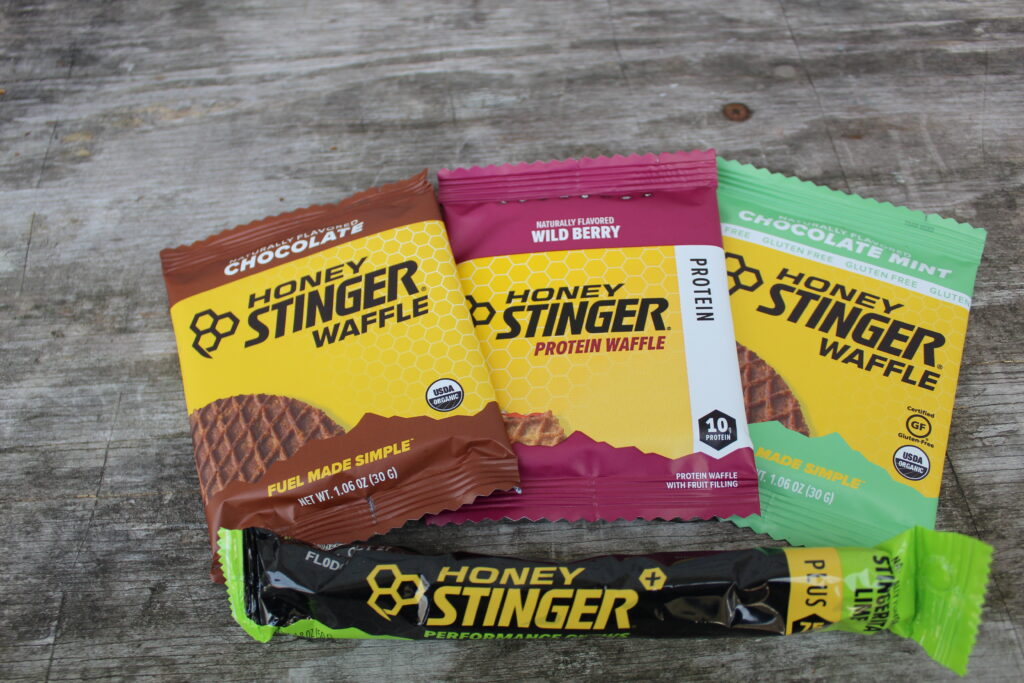By Dana Benner
When it comes to what goes into your pack, there are those things you want to have and those things you have to have. When I pack my “go bag” I want to keep it to those “have to have” items. I want to be able to move quickly, while at the same time having everything I think I will need to keep me and my family alive in an emergency. There will always be those “wish I had that” moments, but creature comforts are different than basic survival.
Obviously, what is in your pack is above and beyond your basic carry, namely knives (on your belt and in your pocket), perhaps a butane lighter and something to use as tinder. My father taught me as long as you have a lighter and a knife you can survive anything. My time in the military emphasized that point, with a few extra items. That is what this article is all about.
First-aid:
Whether you are hiking or camping; fishing or hunting, or kayaking and canoeing, accidents and injuries can and probably will, at some time, happen. You need to be prepared to handle just about anything that may occur and a good first-aid kit is a good start.
The first-aid kit that you carry doesn’t need to be as elaborate as a paramedic carries, but on the same token you want something that is more than a box of Band-Aids. There are many good kits out there that fit the bill. Another option is to make your own. Either way, you can’t carry everything in your kit or that is fine. All you can do is be as prepared as best that you can.
A very good commercially prepared kit
Cordage:
Cordage of some kind always needs to be on hand. With cordage you can bind wounds and stabilize splints. Cordage also aids in the process of building an emergency shelter, repair snowshoes, build snares or help facilitate an emergency rescue, particularly near bodies of water. What standard cordage does not do is give you the means to repel down a cliff (despite what they show on television). I would never even consider a repel using a piece of clothesline. Shelter building, yes; repelling, no.
Cordage comes in a variety of forms. I like using paracord, but for the longest time I carried nylon rope. Even standard clothesline can be used. In an extreme emergency you can make cordage out of natural materials.
Cordage is a must as it has so many uses
Communication:
Communication is vitally important and it all starts before you ever hit the trail. Make sure you leave a detailed written plan with a family member or trusted friend. In that plan you need to include where exactly where you are going and when you plan to be back. In the case of an emergency evacuation, give that trusted person your Route 1 and Route 2. Your first route may not be an option, so have a backup plan and tell someone what that plan is. If you are kayaking, rafting or canoeing make sure to include to list you’re put in and pull out points. When you get to the trailhead put a note on your vehicle’s dashboard indicating when you started your hike, the trail you are using and when you plan to be back.
Communication doesn’t stop there. In your pack you should have a couple means to reach help if needed. A cell phone is good, but cell reception can be spotty in some areas. A good two-way radio set to the emergency channel is a good bet as all emergency agencies monitor that channel. At the very least you should have an emergency whistle and a small mirror that can be used to signal those searching for you, because if you don’t make it or don’t check in, someone will be looking for you.
Communication is important. Here is a cell phone and a Midland two-way radio
Fire:
Even though you may only be on a day hike or an afternoon paddle, if something were to happen you need a way to start a fire. Fire can be used to purify water, cook your food and help you fight off hypothermia. No one is expecting you to be able to start a primitive fire, not at the early stages at least, but you still need to be able to get a fire started. I carry three butane lighters, some wooden matches and a ferro rod in my pack at all times. I also have “tinder” available in the form of cotton balls soaked in petroleum jelly or a few of the commercially available options available. Remember, you can’t light a log on fire with a lighter. Pocket lint, scrap notebook paper or even a Tampon will work as fire tinder.
Butane lighters are light and can be obtained anywhere.
Shelter:
You must be prepared to take shelter in a moment’s notice. A sudden thunderstorm or other weather, while you may think it is harmless, can lead to larger problems. Getting soaked can lead to hypothermia. Avoid getting wet if possible.
Shelter can be a rocky overlook, a cave, a tent or at the very least a space blanket that you carry in your pack. Using your knife, cordage and available natural materials you can put together a hasty shelter. Depending on the location and time of year, you may need to start a fire to dry out.
Water:
There is no such thing as having too much water. Dehydration is a real problem that facing many people on the trail. You must carry water on every trip, no matter how short.
There are numerous hydration systems on the market today, running from the standard canteen to elaborate water bladders that fit in your pack. Never rely on natural water sources as they could be non-existent. If you do need to refill from natural sources the water must be treated by boiling, chemical treatment or by filtration before drinking. There are many pathogens in natural water, some will at the least make you sick; at the worst they could kill you. A good lightweight filter system that I carry at all times is the Sawyer Mini.
Sawyer Mini water filter system
Food:
You will burn calories while out so it is important to continuously feed your body. While candy is fine for quick bursts of energy, you should vary you intake with carbs, fats and protein. Nuts and dried fruit are great, as is jerky and meat sticks. Avoid and food that needs refrigeration as it will go bad quickly. I like to make my own trail mix, but I also carry The New Primal meat sticks and jerky and Honey Stinger bars and wafers. While these items will see me through a day hike, in case of emergency I also carry a few freeze-dried prepared meals. These items don’t add much weight to your pack and just could keep you going in an emergency situation.
Some of the pre-packaged meals require hot water. If that is the case, stay away from them. Military grade MREs and many others will work with any water source. These are the ones you want. While hot water is always best, it may not be available. Nourishment is the goal here. Always keep that in mind.
Freeze-dried food just in case you have to hunker down. These Honey Stinger products are always in my pack. Natural energy when you need it.
Conclusion:
These are just the very basic items you should have with you at all times. Obviously you should plan to bring additional gear that reflects the area you are traveling in and the time of year you are traveling. You may want to look at additional shelter material (tarps), food and other items. Remember, there is no such thing as having everything. Always keep in mind weight vs. need, but that is fodder for another time.

